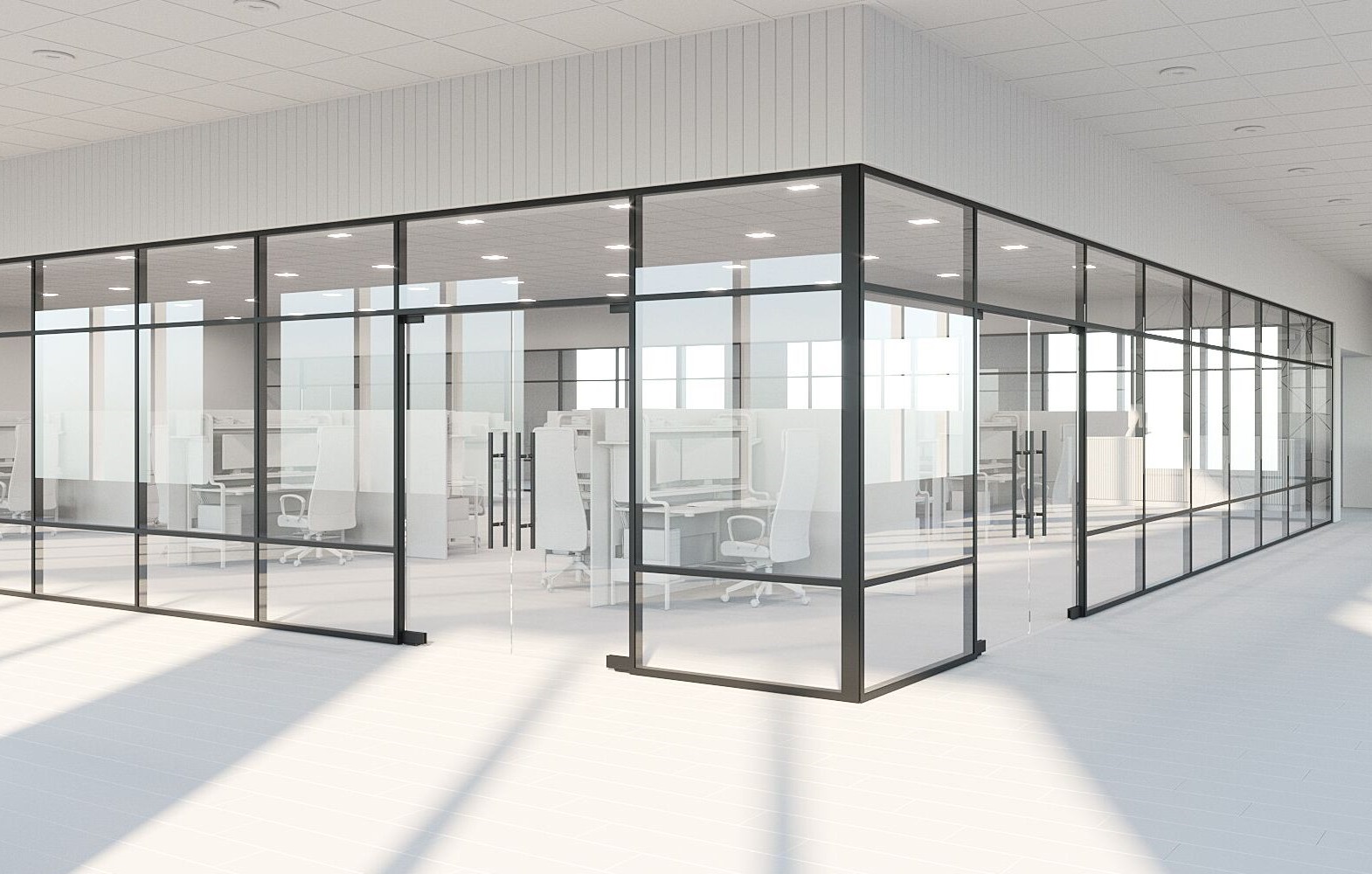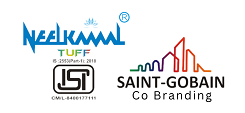
Glass, an ancient and fascinating material, has been a part of human history for thousands of years. Among the various types of glass, “clear glass” stands out as one of the most common and versatile variants. Its unique properties have led to its widespread use in architecture, interior design, consumer products, and more. In this article, we will explore what clear glass is and delve into its defining characteristics that make it an indispensable material in our modern world.
Understanding Clear Glass
Clear glass, as the name suggests, is a type of glass that is transparent and devoid of any significant color or haze. It is primarily composed of silica (sand), soda ash, and limestone, with small amounts of other additives to enhance its properties. The manufacturing process involves melting the raw materials at high temperatures and then rapidly cooling them to create a solid, transparent material.

Characteristics of Clear Glass
Transparency: The defining feature of clear glass is its transparency. When light encounters clear glass, it passes through without distortion, allowing us to see objects clearly on the other side. This property makes clear glass an ideal choice for windows, glass doors, and other applications where visibility and natural light are desired.
Inertness: Clear glass is chemically inert, meaning it does not react with most substances. This property makes it safe for storing food, beverages, and pharmaceutical products, as it does not contaminate or alter the contents it holds.
Smooth and Non-Porous Surface: Clear glass has a smooth and non-porous surface, which makes it easy to clean and maintain hygiene standards. This characteristic also makes it an excellent choice for laboratory equipment, kitchenware, and medical devices.
High Thermal Stability: Clear glass has a relatively high thermal stability, making it resistant to thermal shock. It can withstand rapid changes in temperature without breaking, which is why it is commonly used in ovenware and laboratory glassware.
Fragility: While clear glass possesses many desirable properties, it is also relatively fragile. It can crack or shatter upon impact, especially if it lacks certain treatments or coatings. To address this issue, various forms of tempered and laminated glass have been developed to enhance its strength and safety.

UV Transparency: Toughened Clear glass allows ultraviolet (UV) radiation to pass through, which can be both beneficial and problematic. While it permits natural sunlight to enter buildings, it can also contribute to the fading of fabrics and artwork over time. To mitigate this, special coatings or tints can be applied to reduce UV transmission.
Recyclability: Clear glass is highly recyclable, and recycled glass can be used in the production of new glass products. Recycling glass reduces the need for raw materials and decreases energy consumption, making it an eco-friendly choice for sustainable design and production.
Applications of Clear Glass
Clear glass finds numerous applications across various industries, including:
Architecture: Windows, glass facades, and skylights to maximize natural light and provide a visual connection between indoor and outdoor spaces.
Interior Design: Glass partitions, shelves, and tabletops for a modern and sophisticated look.
Kitchenware: Drinking glasses, bowls, and containers for food storage.
Laboratory Equipment: Test tubes, beakers, and glassware for scientific experiments.
Consumer Electronics: Screens and displays for smartphones, tablets, and televisions.
Automotive Glass : Windshields, windows, and mirrors for vehicles.
Conclusion
Clear Glass, with its transparency, inertness, and thermal stability, has become an indispensable material in contemporary society. Its unique characteristics have made it the material of choice for numerous applications, both functional and aesthetic. As technology and manufacturing techniques continue to evolve, clear glass is likely to find even more innovative uses, making it an enduring and timeless material in our ever-changing world.





